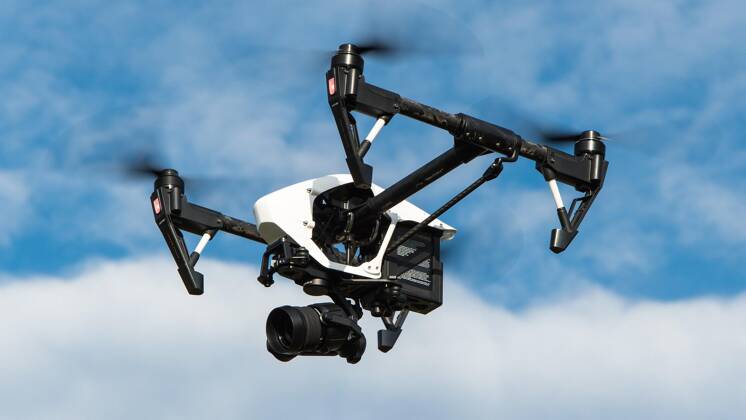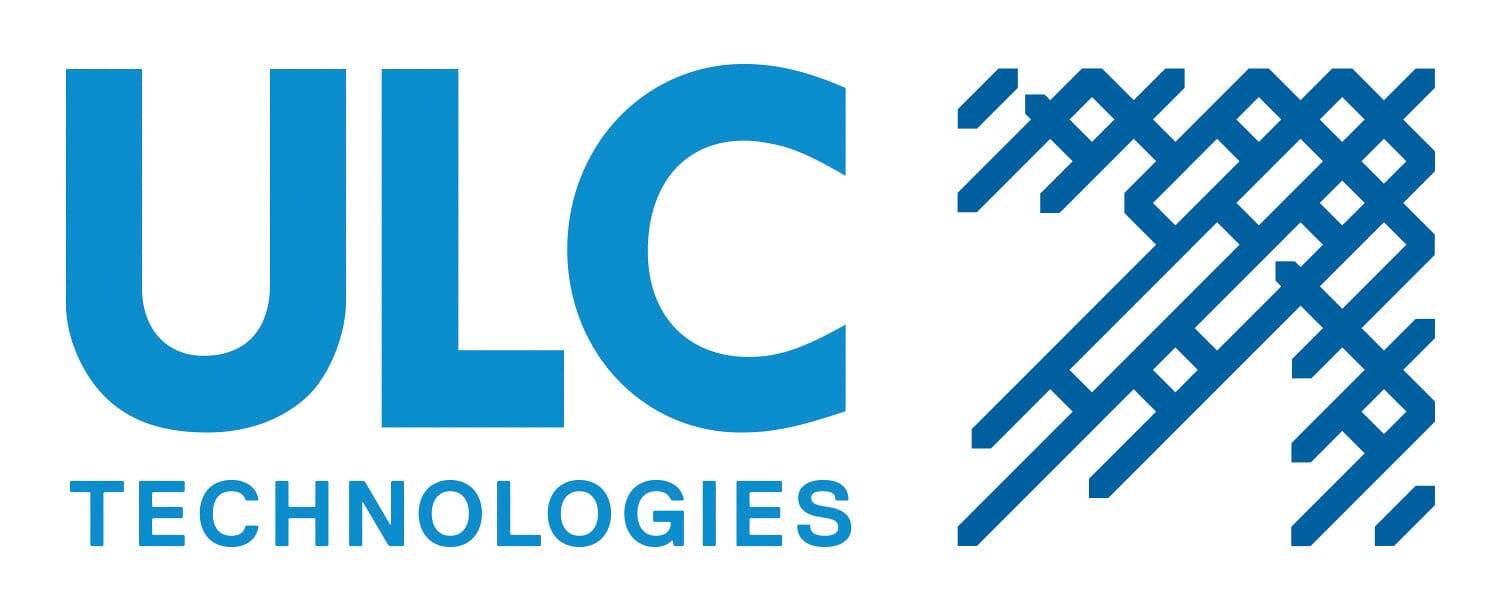Sponsored
Five robotics applications for power: Past, present and future
12 December 2023

From robot dogs to machines that splice cables, the latest automation technologies are already making an impact at utilities. Here are four examples of robotic applications in power from the here – and a glimpse of the future.
Robots are already making their presence felt at utilities in applications that are arduous, hazardous or time-consuming for people. But the sky’s the limit when it comes to their future potential. Read on to learn more about the past, present and future of robots in the power sector.
Past
Line of sight drones for inspection of overhead lines
One particularly successful implementation of robotics technology at SSEN Distribution has been drones for inspecting overhead power cables. Beyond line-of-sight drones are also showing potential, says Stewart Reid, director of future networks at the company. They could be used in applications such as post-site surveying following a storm, he says.
Present
Spot the robot dog gathers data in tunnels
UK Power Networks is sending a robotic dog into tunnels to get detailed network footage to assess asset conditions, as showing what can be achieved. The robot promises to cut time spent by staff working in confined spaces by up to 50%. The project is also expected to save hundreds of thousands of pounds for the network.
SSEN Transmission targets HVDC installations with robots
SSEN Transmission is trialling robots from Ross Robotics for monitoring of HVDC assets in confined spaces – a hazardous environment for people. SSEN Transmission has already been using AI to help with asset monitoring for some time. The TSO is also looking at creating standardised digital substations across the network, connecting sensors with communications and control to provide real-time information on how the asset is performing.
ULC Technologies automatically splices cables at Con Edison
ULC has developed a special robot for splicing cable for Con Edison, provides energy for the 10 million people who live in New York City and Westchester County. Splicing cable is a job that has traditionally been carried out by hand in confined spaces. The robot make it to prepare cable to exactly the same standard throughout the working day, ensuring quality, freeing up operators to do other work, improving productivity.
Future
Robots that test overhead line voltage
Robots that are capable of testing overhead lines would be a big future win for SSEN Distribution. But Stewart Reid says the potential of robotics is “limitless” but some future applications could be relatively mundane, such as robots that are capable of transporting heavy equipment to hilly terrain in the field. “The most potentially lucrative solution would be robots that carry out cable jointing work in confined spaces,” he adds.
These are just a few of the ways robots are already being used by utilities and how they might develop in the future. To find out more, watch our webinar with ULC on robotics technologies and the power sector now.
